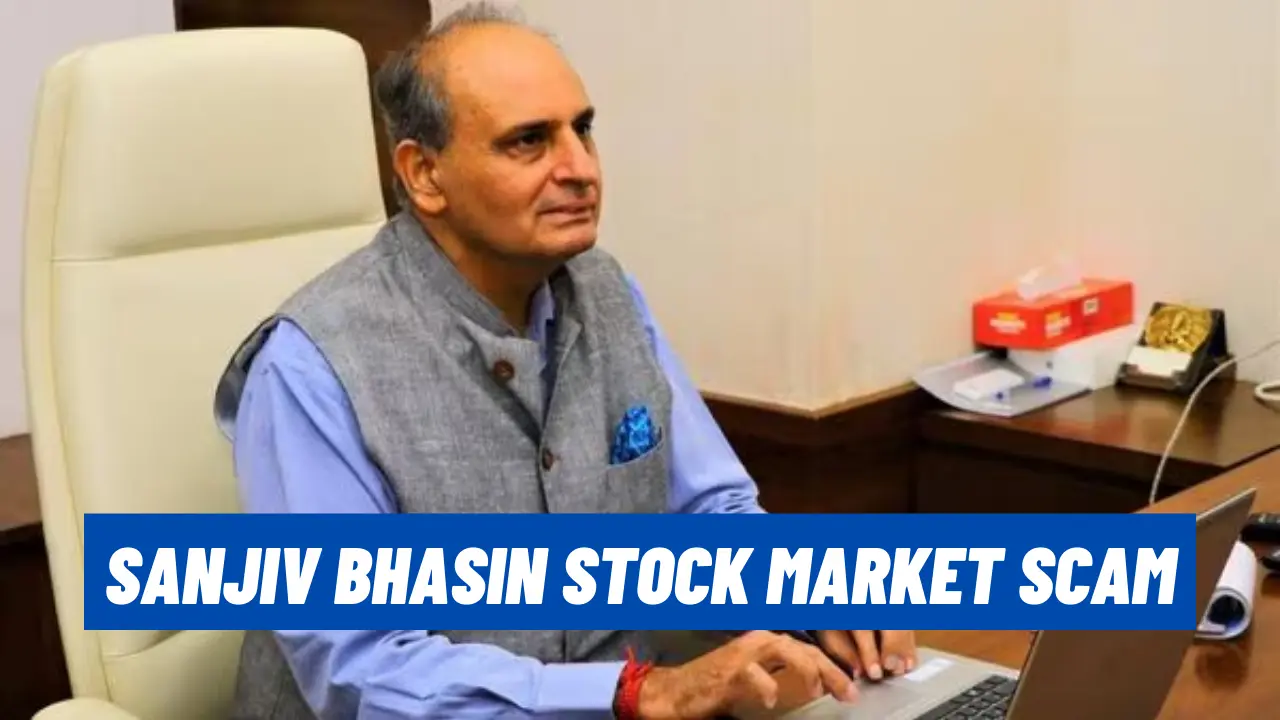Current State of the Job Market
India is facing a severe job market crisis, marked by rising unemployment rates, underemployment, and a lack of opportunities in various sectors. Despite being one of the fastest-growing economies, the country is struggling to provide adequate employment for its large and young population.
Rising Unemployment Rates
The unemployment rate in India has seen a sharp increase in recent years. According to the Centre for Monitoring Indian Economy (CMIE), the unemployment rate rose to 7.8% in April 2024, up from 6.7% in April 2023. This increase highlights the ongoing challenges in the labor market, where job creation has not kept pace with the growing workforce.
Factors Contributing to the Crisis
Several factors are contributing to the job market crisis in India:
- Economic Slowdown: The slowdown in economic growth has led to reduced investment and hiring across industries. Key sectors such as manufacturing, construction, and real estate have been particularly affected.
- Skills Mismatch: There is a significant gap between the skills possessed by job seekers and the skills required by employers. Many graduates lack the practical skills needed for the job market, leading to high rates of unemployment among educated youth.
- Automation and Technology: The rise of automation and technology has resulted in job losses in traditional sectors. While new job opportunities are being created in technology-driven industries, the transition has been slow, leaving many workers unemployed or underemployed.
- Regulatory Challenges: Labor market regulations and rigidities have made it difficult for businesses to hire and fire workers flexibly. This has discouraged companies from expanding their workforce.
- Informal Sector: A large portion of India’s workforce is employed in the informal sector, which lacks job security, benefits, and adequate wages. The informal sector has been hit hard by the economic slowdown and regulatory changes such as demonetization and the implementation of GST.
Government Initiatives
The Indian government has launched several initiatives to address the job market crisis, including:
- Skill Development Programs: Programs such as Skill India aim to equip the workforce with the necessary skills to meet industry demands. These programs focus on vocational training and certification to improve employability.
- Startup India: This initiative encourages entrepreneurship and innovation by providing financial support, tax benefits, and ease of doing business. It aims to create new job opportunities through the growth of startups.
- Public Infrastructure Projects: Investment in infrastructure projects such as highways, railways, and urban development is expected to create jobs and stimulate economic growth.
- Ease of Doing Business: The government is working to improve the ease of doing business by simplifying regulations, reducing bureaucratic hurdles, and promoting foreign investment. This is expected to boost job creation in various sectors.
Challenges and the Way Forward
Despite these initiatives, significant challenges remain:
- Effective Implementation: Ensuring the effective implementation of government programs and policies is crucial for their success. There is a need for better coordination and monitoring to achieve desired outcomes.
- Inclusive Growth: Efforts must be made to ensure that job creation is inclusive, benefiting all sections of society, including women, marginalized communities, and rural populations.
- Private Sector Participation: Greater collaboration between the government and the private sector is essential for creating sustainable job opportunities. Public-private partnerships can drive innovation, investment, and job creation.
- Focus on Emerging Sectors: Emphasizing emerging sectors such as renewable energy, digital technology, and healthcare can create new job opportunities. Encouraging research and development in these areas will also drive economic growth.







